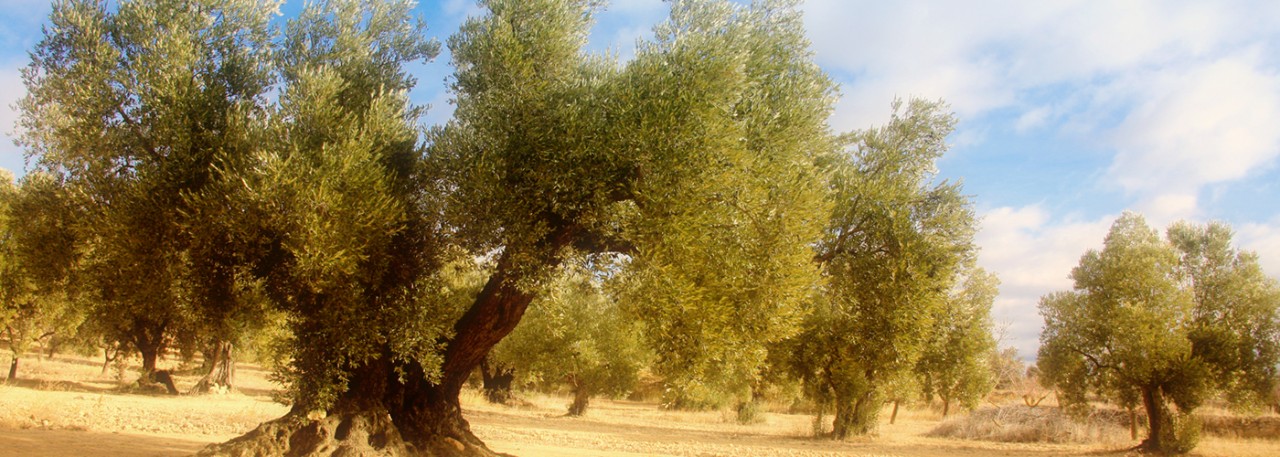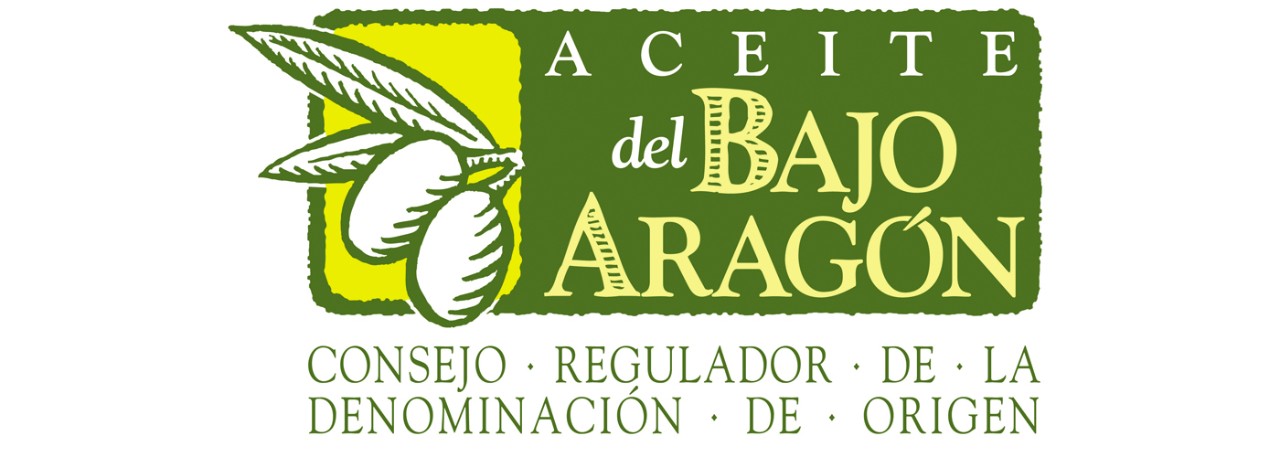.png.transform/rendition-xs/image_image%20(1).png)
Aceite del Bajo Aragón PDO
Extra virgin olive oil obtained from the fruit of olive trees (Olea europea, L. ) of the following varieties, Empeltre, Arbequina, and Royal. Empeltre, the area’s predominant variety, accounts for at least 80%.
Tasting notes
These oils are yellow in color, in shades ranging from golden yellow to a darker old gold. The flavor is fruity at the start of the season, with gentle hints of non-bitter almond, and notes of sweetness and piquancy.
Other notes
Analytical data:
- Maximum acidity (%Oleic ac.): 0,80
- K232 maximum (n.m.): 2.00
- Maximum peroxides (meq. O²/kg): 20
- Moisture and maximum volatility(%: 0.15
- K270 maximum (n.m.):0.15
- Maximum impurities(%): 0.10.
Production / Processing method
The olives are grown in registered olive groves, some irrigated and others not. The land is superficially plowed three times with a cultivator and rolled once to prepare the ground for the harvest. Annual nitrogen dosage is always below one kilogram per tree. Young trees are lightly pruned during formation, and in adult plantations a certain leaf/wood ratio has to be maintained.
When ripe, the olives are picked with the greatest care, directly from the tree. The traditional harvesting method, called vareo, in which branches are struck with long poles to shake the fruit from the tree, is still the most widely used. Once picked, the olives must be conveyed to the mills as quickly as possible: their oil must be extracted within 48 hours of picking.
At the mill, the first step is to classify the delivered fruit, usually by variety, degree of ripeness, and physical condition. Next, the olives are cleaned, washed and weighed, then stored in preparation for grinding. Grinding makes it possible to break down the olives’ structure and release their liquid component without the need to stone them. The next step, mixing or malaxation, consists of separating olive paste from the other components, so that oil may gradually be extracted. The olive paste that is the end result of these two processes is what will yield the oil. Its liquid and solid components have to be separated, a process achieved by selective filtration (which separates off the oil remaining in the upper part of the paste) and by extraction. The paste is spread out on circular mats which act as filters; these are stacked in hydraulic presses and, when subjected to pressure, release oil, a watery byproduct, and a pulpy residue. Oil obtained from this first pressing, known as extra virgin, is the top quality.
Although the liquid oil has emerged, it still contains small quantities of solids which have to be eliminated. This can be done by decantation, centrifugation or a combination of the two.
Once the oil has been obtained, it goes into storage in the warehouse in preparation for bottling/canning and its subsequent release onto the market. During this period in storage, the oil undergoes favorable changes, losing some of its bitter aromas and acquiring nuances and sweet, pleasant tastes and smells
The materials used for packaging are glass, PET, tin, and coated cardboard. Opaque containers are advisable since they protect the qualities of the oil from the adverse effects of light.
Geography / Relief and climate
The landscape of the growing area is flat or gently undulating, with altitudes ranging from the 122 m (400 ft) at Caspe to 632 m (2,073 ft) at Alcorisa. Soils are chalky with layers of gypsum, characteristic of the lower lake sediments and warm dry climate of the Miocene period. The area is characteristically arid, with sparse, irregular rainfall. Average annual rainfall is 350 mm (13.77 in), and average temperature 14,8 ºC (58.6º F). Extreme temperatures are caused by the continentalization created by the geographical barriers that separate this region from the maritime influence of both Mediterranean and Atlantic. Its aridity is further exacerbated by the strong prevailing north-easterly Cierzo wind.
Regulatory Council
Consejo Regulador de la DOP Aceite del Bajo Aragón
Muro Santa María s/n
Edificio Molino Mayor, 1ª planta
44600 Alcañiz (Teruel)
Tel: (+34) 978 834 009
info@aceitedelbajoaragon.es
www.aceitedelbajoaragon.es
Sources:
- Spanish Ministry of Agriculture
Opaque containers are advisable since they protect the qualities of the oil from the adverse effects of light.


- Aceite del Bajo Aragón 1
- Aceite del Bajo Aragón 2

Alcañiz (Aragón)
